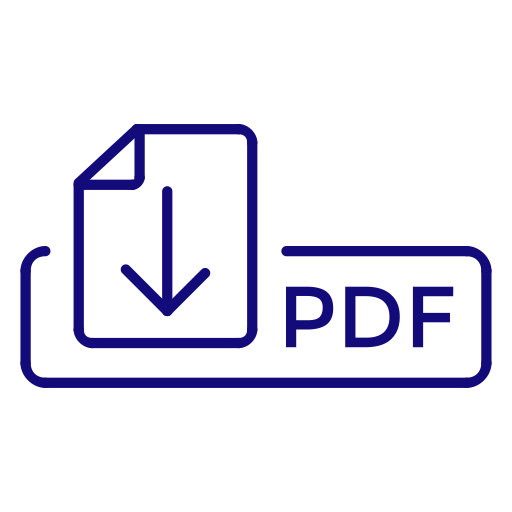

OKUDAN E. Ş.
3rd International Eurasian Conference on Biological and Chemical Sciences (EurasianBioChem 2020)., Ankara, Türkiye, 19 - 20 Mart 2020, ss.105, (Tam Metin Bildiri)
-
Yayın Türü:
Bildiri / Tam Metin Bildiri
-
Basıldığı Şehir:
Ankara
-
Basıldığı Ülke:
Türkiye
-
Sayfa Sayıları:
ss.105
-
Açık Arşiv Koleksiyonu:
AVESİS Açık Erişim Koleksiyonu
-
Akdeniz Üniversitesi Adresli:
Evet